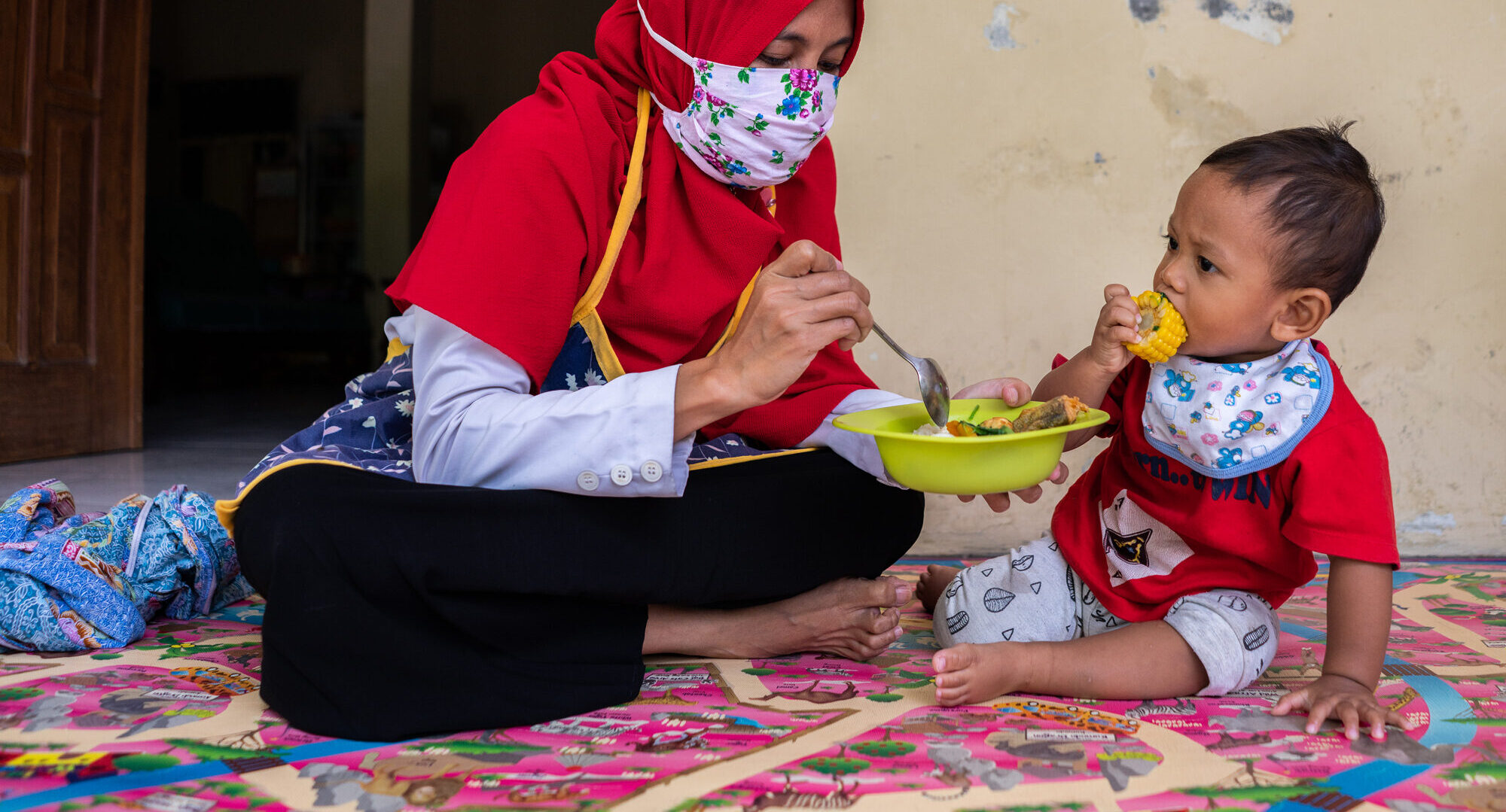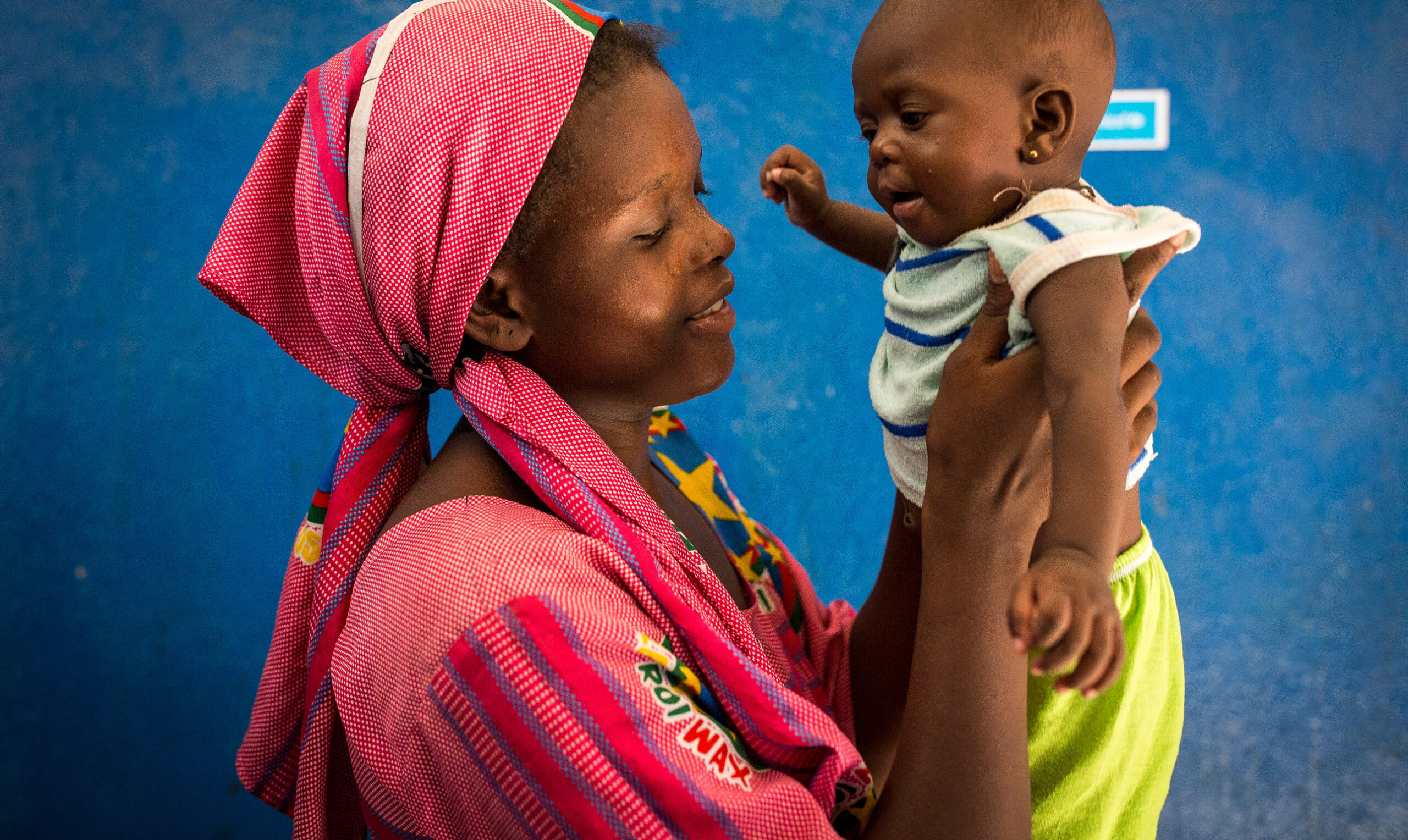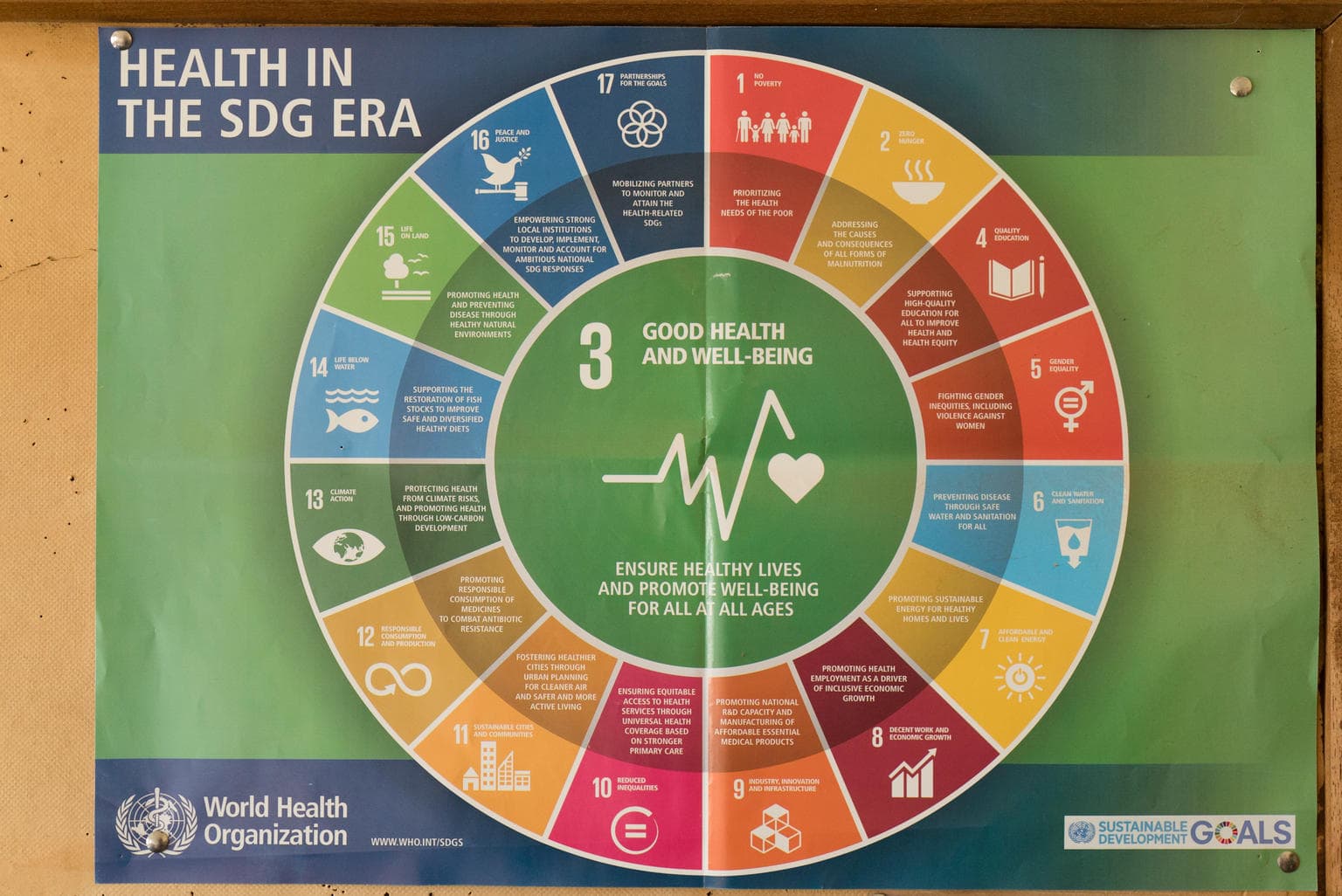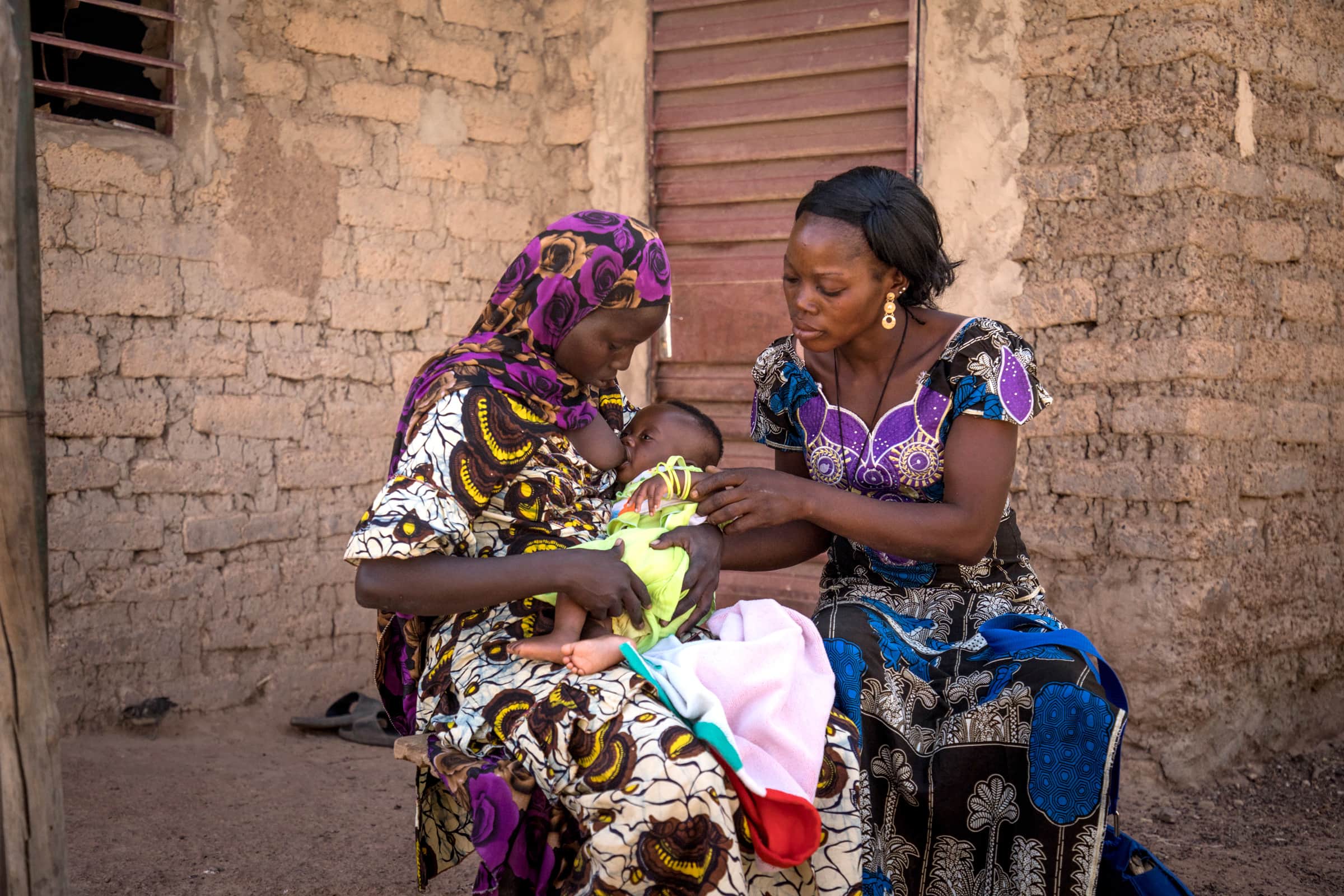Too few children benefit from recommended breastfeeding practices
From birth to 6 months of age, feeding infants nothing but breastmilk guarantees them a food source that is uniquely adapted to their nutrient needs, while also being safe, clean, healthy and accessible, no matter where they live. Putting newborns to the breast within the first hour of life – known as early initiation of breastfeeding – is critical to newborn survival and to establishing breastfeeding over the long term. When breastfeeding is delayed after birth, the consequences can be life-threatening – and the longer newborns are left waiting, the greater their risk of death.
Globally, less than half of all newborns (46 per cent) are put to the breast within an hour of birth – leaving far too many newborns waiting too long for this critical contact with their mothers. This practice varies widely among regions. The prevalence of early initiation of breastfeeding in Eastern and Southern Africa (69 per cent) is nearly twice as high compared to South Asia (39 per cent) East Asia and the Pacific (40 per cent) and West and Central Africa (41 per cent). Feeding newborns anything other than breastmilk has the potential to delay their first contact with their mother and can make it more difficult to establish breastfeeding. Yet, 1 in 3 newborns still receive food or liquids in the earliest days of life, when their bodies are most vulnerable.
An infant that is not exclusively breastfed could be at a substantially greater risk of death from diarrhoea or pneumonia than one who is. Moreover, breastfeeding supports infants’ immune systems and may protect them later in life from chronic conditions such as obesity and diabetes. Yet despite all the potential benefits, less than 1 in 2 (48 per cent) infants 0–5 months of age worldwide are exclusively breastfed. South Asia has the highest prevalence of exclusive breastfeeding with 60 per cent of infants being exclusively breastfed. In contrast only 26 per cent of infants 0–5 months in Northern America are exclusively breastfed.
So, what are infants under 6 months of age being fed?
Area graphs illustrate feeding patterns for infants between birth and 5 months of age. In the ideal pattern, almost all infants under 6 months of age should be exclusively breastfed. However, in a country there could be several non-ideal practices such as a substantial proportion of infants receiving water, who are thus, not exclusively breastfed as shown in the area graph below.
 Access infant feeding area graphs for more than 100 countries and over 200 surveys on our interactive dashboard
Access infant feeding area graphs for more than 100 countries and over 200 surveys on our interactive dashboard
As children transition from a breastmilk-only diet to a diet of breastmilk and solid foods, breastmilk continues to remain an important source of essential nutrients. However, only three in five children (59 per cent) aged 12–23 months receive the benefits of breastmilk.
Breastfeeding
Resources





Notes on the Data
The indicators
The standard indicators for infant and young child feeding practices developed in alignment with WHO’s Guiding Principles on feeding the breastfed and non-breastfed child are used to assess these practices within and across countries and to evaluate progress in this programme area. The 2021 publication, Indicators for assessing infant and young child feeding practices includes a total of 17 recommended indicators.
This set of indicators provides an update to i) 2008 guide which covered indicator definitions and ii) 2010 guide which covered operational instructions. This edition no longer makes a distinction between core and optional indicators.
Indicators for infant and young child feeding practices
Data collection and reporting
Data for these indicators are collected through household surveys such as DHS, MICS and other national nutrition surveys. With the exception of 3 indicators; ever breastfed, early initiation of breastfeeding and exclusively breastfed for the first 2 days after birth, the other indicators are based on questions about liquid and food intake of children aged 0─23 months in the 24 hours preceding the survey. Standard questions and other practical methodological instructions for collecting, analyzing and reporting this data are also available in this document.
